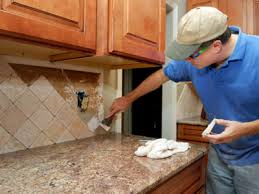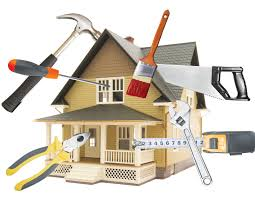Green Ways to Control Outdoor Pests
Wednesday, September 20th, 2017Summertime can’t be beat for backyard barbecues, enjoying the cottage and tending to your lawn and garden. But that’s not to say that summer doesn’t come without its challenges and perhaps one of the most annoying are pesky pests.
To be fair, most lawn and garden insects are beneficial with some naturalists claiming that fewer than two per cent are considered harmful. In fact, many insects, including ladybugs, fireflies, praying mantis, spiders and wasps will actually keep harmful insects from devouring your lawn and will also help to pollinate your plants. But it’s that two per cent that can wreak havoc on your plants, flowers and grass, making your best gardening efforts a big waste of time and money.

With that in mind, let’s look at how to handle unwanted pests without hurting beneficial insects and the world in which we live.
If your lawn is victim to a small infestation of unwanted bugs, you can try picking them off by hand. If that sounds unbearable, you can try homemade garlic and pepper sprays. You can also try insecticidal soap on pests.
Traps are another good eco-friendly option. The kind that allow an insect to enter and not leave are best for wasps and other bugs. Place insect traps around the periphery of your property so that the pests are taken out of commission before they’ve chewed up your grass and plants.
Bacillus thuringiensis or more commonly named BT is a naturally occurring soil bacteria ideal for controlling cabbageworm, tent caterpillars, gypsy moth, tomato hornworm and other leaf eating caterpillars.
To control beetles and other insects with shells, try diatomaceous earth, a fine silica powder made from the fossilized shells of already minute creatures called diatoms. The razor sharp powder destroys the shells of crawling insects, but does not harm earthworms, pets, or humans. Different bugs are susceptible to different extents (even beetles differ somewhat), so check before buying.
To identify a grub problem in your lawn, look for brown patches. If you’re still uncertain, dig up a bit of sod near the brown patch. If you see more than ten grubs per square foot, you should take action. Below that, there’s no need.
Use beneficial nematodes, which are tiny worms that feed on the larval, or grub, stage of the beetle. It takes a few weeks for nematodes to establish themselves in the soil and to parasitize their grub hosts, so it’s best to apply them before the situation has gotten completely out of hand. Be sure to carefully read the instructions for applying nematodes. Since they are living things they can also die. Follow the directions otherwise your time and money will be wasted.












